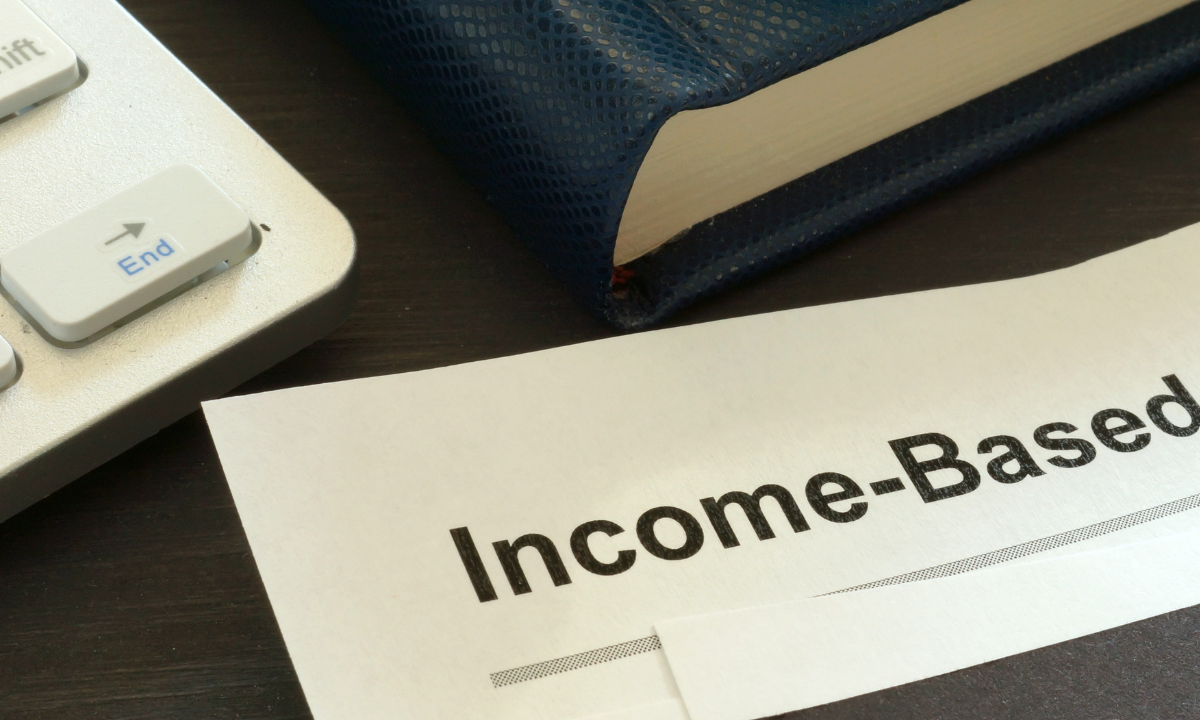Written by Nicholas Vetrisek
As a result of the coronavirus-induced lockdowns, one quarter of San Diego’s working population is now unemployed with the number only expected to rise as the forced closures by the state drag on. This is according to a recent report by the San Diego Association of Governments (SANDAG).
SANDAG’s data accounts for the period from April 11-18, with unemployment numbers increasing from 20.6% to 24.7%. On March 7, the unemployment rate was 3.4%. In less than two months, unemployment has gone from the lowest in history to Great Depression levels, rising by a staggering 726%.
“Nothing like this has ever happened in San Diego,” said SANDAG Chief Economist Ray Major. “We have long since passed the high of 11.1% unemployment of the Great Recession and we are rivaling numbers in the Great Depression.”
During the Depression, the nation experienced a 25% unemployment rate, and Major predicts that number will be surpassed very soon.
Though the situation looks bleak, he says there is one major difference between the Depression and today. “The difference is there are jobs, people just can’t go to work right now,” he said. “This is a man-made closure. We are just waiting for medical officials to tell us when we can get back to work. If hairdressers and barbers open tomorrow, they could be busy for the next two months, but we have to make sure we open up safely.”
Once the pandemic ends, the unemployment rate is expected to drop dramatically, but until then the unemployment rate is expected to continue rising dramatically. For example, in Logan Heights, the unemployment rate is 35%, which is 10% higher than at the height of the Depression.
The worst part about the unemployment due to the coronavirus is that it’s 100% self-inflicted. This situation could be resolved quickly if states decentralized their command and allowed individual cities to decide for themselves whether or not it is safe to reopen. Not every area is affected equally, so cities being able to decide for themselves is essential.
San Diego has had less than 5,000 confirmed cases of COVID-19, yet over 400,000 people are now unemployed. The coronavirus case to unemployment ratio is nearly 1:100 and if you looked at individual areas of the county, the ratio would likely be even greater.
The Pareto Principle states that 80% of effects come from 20% of causes—and that’s what is likely happening with areas of the county. It’s probable that places such as downtown account for the vast majority of cases, while other areas have almost none. Whether or not this is the case, the statewide stay-at-home order affects everyone equally and that must change to better account for each city’s unique situation.




